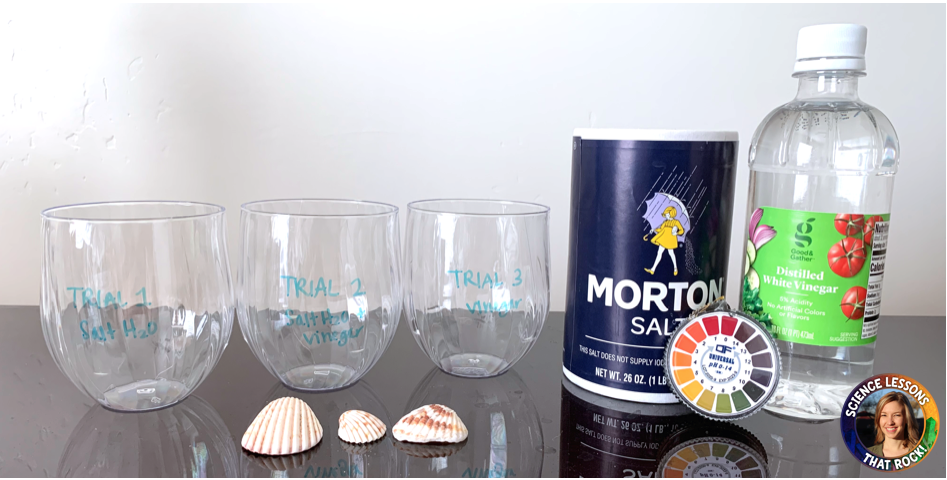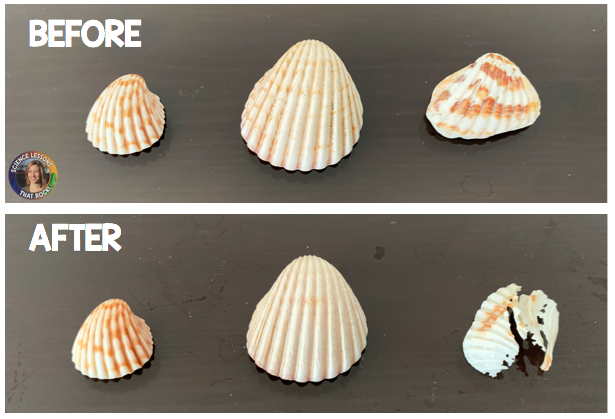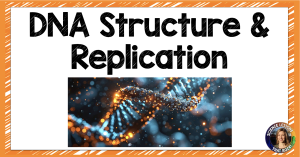Earth’s oceans are a carbon sink, which is a place where carbon is stored long term. Oceans absorb carbon dioxide from the atmosphere. It reacts with seawater, creating carbonic acid, which in turn lowers the pH of the ocean. This phenomena is known as ocean acidification. It will only get worse as we release more carbon dioxide into the atmosphere. Oceans currently have a pH of around 8.1, but it is projected to lower to 7.7 by the year 2100.
What is the impact of ocean acidification on marine life?
Research is still being conducted on this, but there are a few things we know for sure. First, organisms that rely on carbonate to build their shells and exoskeletons will have less available. These organisms include coral, mollusks, sea urchins, starfish, and zooplankton to name a few. If they struggle to build shells, they are more likely to be eaten by predators and it can create a trophic cascade up the food chain. Other impacts could include lowering the blood pH of fish, changes in reproductive ability of marine life, and impeding with organisms ability to send chemical signals.
Ocean Acidification Lab
An easy way to show students the impact of ocean acidification on marine life is by soaking seashells in ocean water with various pH levels.
For this lab you will need (per group): 3 cups or beakers, 3 seashells, water, salt, vinegar, an electronic scale, and pH paper. Seashells can be purchased at craft stores, and I’ve even found them at the dollar store in the craft aisle.
Start by mixing up simulated ocean water (3.5% saltwater solution). Students will put ocean water in the first beaker, 75mL of ocean water and 25mL of vinegar in the second beaker, and 50mL ocean water and 50mL of vinegar in the third beaker. Next, have students take the mass of the seashells over the course of 3 days and calculate the percent change in mass. They will see the vinegar eat away at the seashell and a large reduction in mass. You can also have them measure the pH of the liquids over 3 days and see how it changes as carbonate is released (enter discussion on buffers!)
Following the activity you can discuss ways students can lower their carbon footprint so we can slow the rate of acidification in the future. If you are interested in a powerpoint lesson on ocean acidification and a lab write up for this activity, you can
find it HERE.










